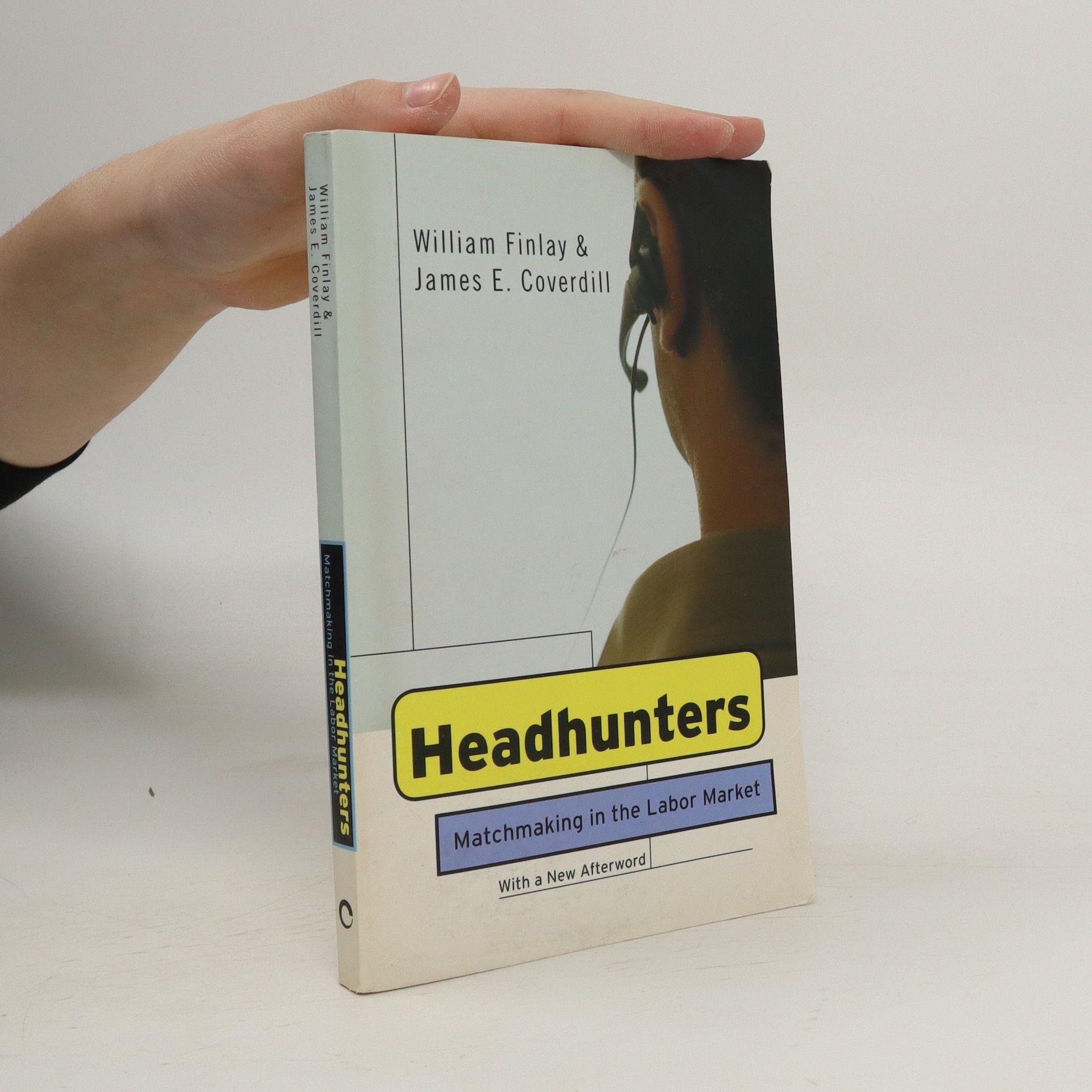Headhunters : Matchmaking in the Labor Market
- 203 stránek
- 8 hodin čtení
Headhunters, third-party agents who locate job candidates for companies, play a unique sales role by matching people with jobs. Their influence on the professional lives of countless employees is significant yet often overlooked in the U.S. employment landscape. Authors William Finlay and James E. Coverdill utilize interviews, observations, and analyses of training seminars, industry newsletters, and surveys to create an honest, sometimes unsettling portrayal of headhunters' aims, attitudes, and tactics. The shift in payment from candidates to employers has transformed the recruitment process, with headhunters now focusing on finding suitable candidates for specific roles rather than the reverse. The authors highlight a critical lack of research on headhunters' work and methodologies. They explore three key questions: the advantages employers gain from using third-party agents, how headhunters manage the dual sale of candidates to employers and vice versa, and the criteria used for candidate selection. Through their findings, Finlay and Coverdill connect their insights to broader institutional and historical contexts, revealing the economic and political motivations behind clients' use of headhunters, the manipulation of both clients and candidates, and the overall impact on hiring decisions.

